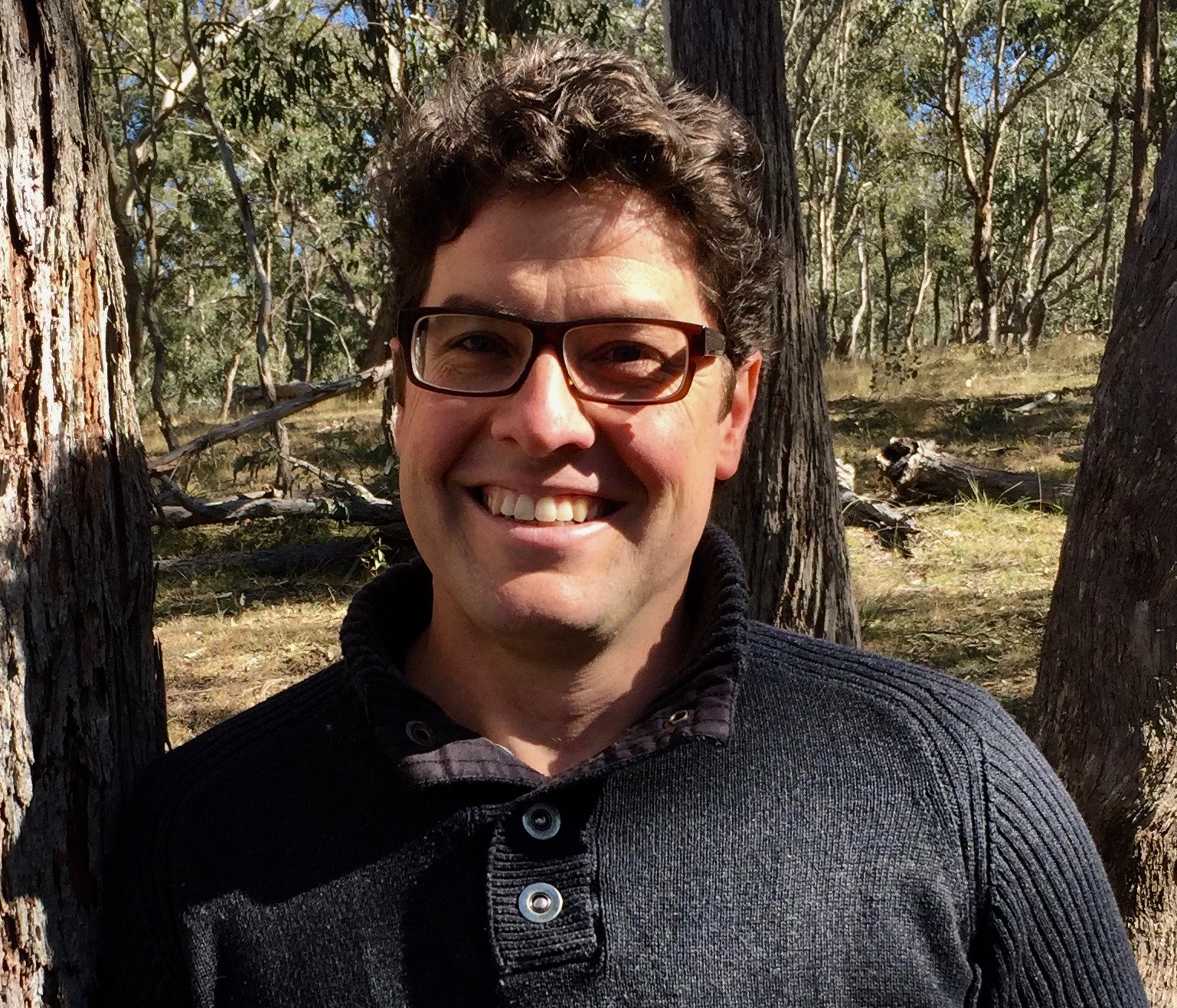Our member in the spotlight this week is Mark Hall, who is completing his PhD at LaTrobe University. Mark was awarded the 2017 SCBO Best Student Poster Award for his poster, “Landscape diversity of birds is enhanced by retaining key natural components in rural environments”, at ICCB 2017 in Cartagena, Colombia.

SCBO: How did it feel to be selected as recipient of the SCBO Oceania student presentation award?
It felt a little surreal. There were a lot of great presentations at ICCB, and a large contingent from Oceania reporting on some interesting and important work. It was my first international conference, so I wanted my work to stand out, but certainly didn’t have any expectation of winning an award. I found out I had won it after the conference, so there was no big build-up of anticipation. I was just sitting at my desk when the news came in. I was really chuffed (or choughed for the bird nerds), but no-one else was around, so I just gave myself a high five and moved on with my day. I am very proud of my work and had put a lot of effort into the presentation, so am grateful to have been acknowledged in this way.
What has been the highlight of your research to date and what has been the most interesting thing that you have learned?
I grew up north of Melbourne in a small town, so have always been drawn to rural landscapes. I didn’t really know much about farming communities though, and have gained an appreciation of the issues farmers face each day. Talking with them about the impact of economic and climatic conditions on production, and that being a hurdle to conserving biodiversity on their land, was insightful and opening up those conversation channels was a valuable way to build relationships and strengthen outcomes for the project. A highlight for me was meeting a 95-year-old lady who owned a property that I surveyed. She was so enthusiastic about the birds and eager to learn more about them and hear what I had found. She took great pride in her contribution to the conservation of these species on her property and on a couple of occasions gave me dead birds from her freezer (that had unfortunately flown into her window), as she knew I would be interested in them and be able to tell her which species they were. I still have them if there are any taxidermists out there. Engagement with these types of communities can really help you through the tougher times in a PhD and be one of the most rewarding things you take with you into future research. I’ve learnt many interesting things from this project – that there are over 1600 species of native bees in Australia, how to wade through statistics using R, how to hone scientific writing, project management skills – PhDs are a time of tremendous learning and growth!

How does your research inform how to manage rural landscapes for native birds? Are there possible win-wins with agriculture?
By taking a landscape-scale approach and looking at all the dominant features of the landscape, I have been able to identify the key structural components that birds respond to – in the case of the work I presented at ICCB, the riparian vegetation is very important for diversity of species. This research allows me to demonstrate to farmers that simply by retaining, enhancing or replanting vegetation along creeks and streams (and along roadsides / fences and scattered paddock trees to a lesser degree) they will increase the diversity of birds on their land. This is absolutely a win-win for biodiversity and agriculture. The actions are feasible and practical, providing financial constraints can be overcome. Many birds that would increase with such actions are insectivores that can manage insect pests of crops and livestock, others provide pollination services to ensure high quality food and fibres are being produced and all provide lovely sights and sounds that add to the beauty of farming landscapes.
Tell me what you do when you’re not trawling through farms looking for birds (e.g are you a closet Warhammer nerd?)
Well, I’m not much of a gamer (had to look up what Warhammer was) – it’s the outdoor life for me! I have just started a short post-doc at the University of New England looking at pollinator interactions and their effects on plant reproduction (my other love is native bees). I’m really enjoying the move to the country, and in my few spare moments (still finishing my PhD…), I have been making the most of the nearby national parks, beautiful rural communities, live music, farmers markets, and of course watching birds. I am a closet Dr Who fan, but why keep these things in the closet.

What piece of advice do you have for other students in the region about how to make their research relevant to conservation?
I think our tendency in research is to consider what is interesting scientifically, but my bent has always been to ensure the work I do also has some real-world application. Landscape ecology has been a good fit for me, because it allows me to think big with my questions, engage with people (which is probably the most important thing we do as scientists), study complex systems, and tackle interesting, critical and novel challenges to meet the joint needs of rural communities and the diverse species, communities and habitats within these landscapes. So, my advice is to find an area of research that complements your skills, but also pushes you to think differently. Challenge your preconceptions and be ready to learn from others. The conservation outcome will be better for it.

